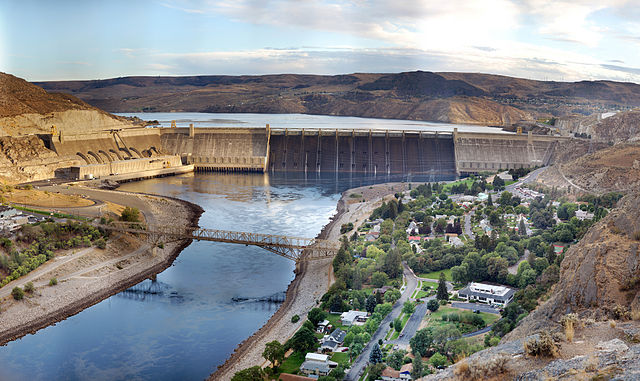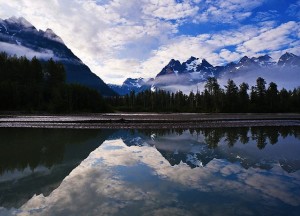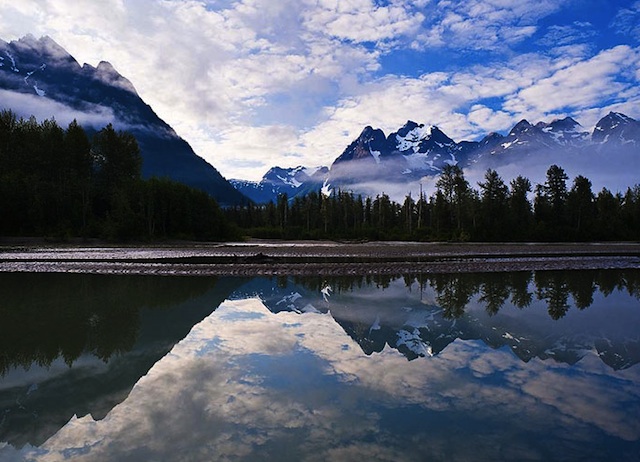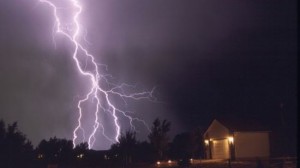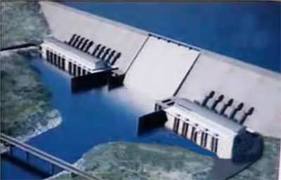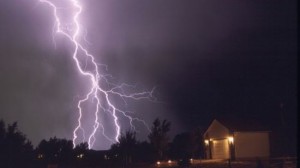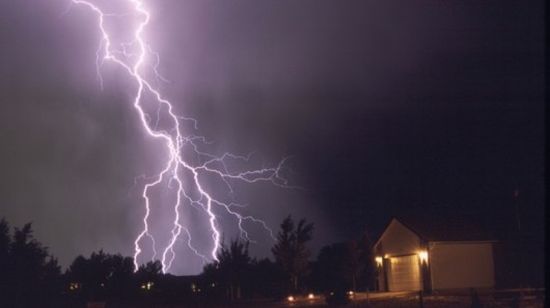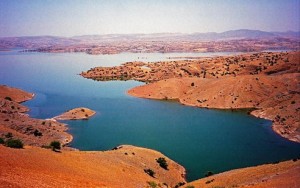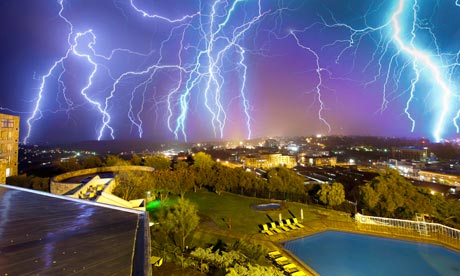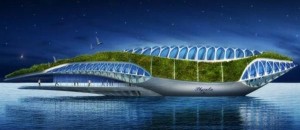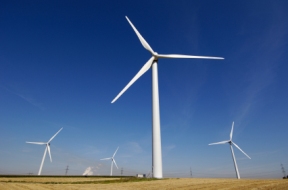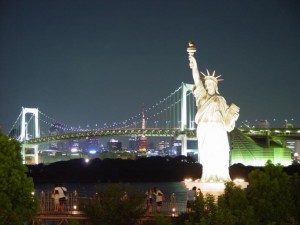In recent years, run-of-the-river hydropower projects have emerged as a viable, low-impact alternative to existing large-scale projects. Run-of-the-river facilities use conventional hydropower technology to produce electricity by diverting river flow through turbines that spin generators – before returning water back to the river downstream.
So what is the market potential of this type of small-scale technology and how best can governments and policy makers support its ongoing development?
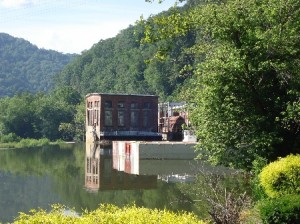
 Follow
Follow